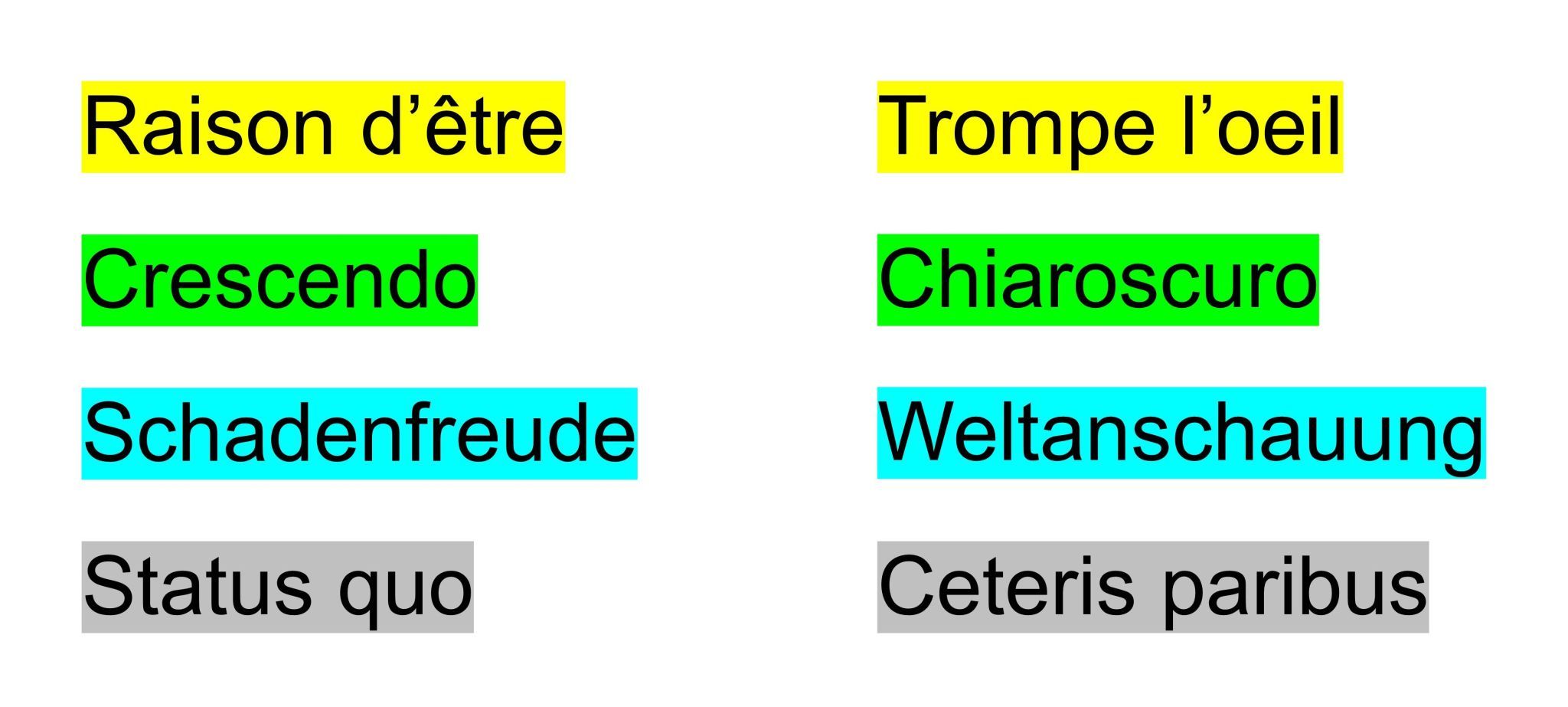
TRANSLATE EVERYTHING. That's the title of the very first chapter of Chip Heath and Karla Starr's book Making Numbers Count. When we write or talk about numbers we should use phrases like "What that means is..." or "To put that into context...", otherwise we're not doing it properly.
I love their use of the word 'translate'. They say that if we don't translate our numbers using phrases like these, then we are committing the crime of—as one would say in Japanese—"Darekani kaiwani hairenaito kanjisaseru kotoha shitsurei desu." (Translation: "It's rude to make people feel they're being excluded from a conversation.")

When we talk about data and we get to a bit where we reveal the numbers, it's a bit like talking in English but then suddenly using a non-English word or phrase. If that phrase is reasonably well-known (e.g. Raison d'etre, Crescendo, Schadenfreude, Status quo), we can probably get away without having to translate it. That's like revealing a really simple bar chart or line chart (as long as it aligns perfectly with the words we're speaking).
But if we introduce an obscure non-English word or phrase (Trompe l'oeil, Chiaroscuro, Weltanschauung, Ceteris paribus), then—quite apart from the fact that we might come across as a bit pretentious (not that that ever stops me!)—we'll need to translate it. That's like revealing more complicated charts, or relatively unfamiliar charts—like histograms or scatterplots—that people aren't so used to seeing.
Showing people an infographic without translating it is a bit like making them watch a foreign language film with the subtitles turned off. And the danger with doing that is that the audience might get turned off, too.
[6 September 2024]